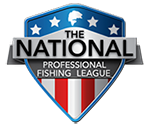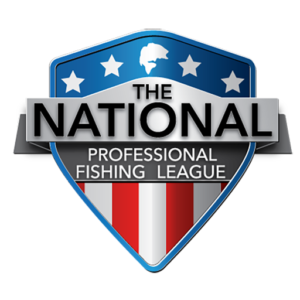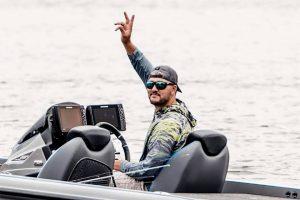Story by Hunter Sales | Photos by Tanner & Travis Lyons
When talking about tournament performances, some anglers make their strategy seem ultra-simple while others make it appear super-complex. Ultimately, all things can be boiled down to a mathematical approach. One of the things that makes fishing so entertaining is that there is a degree of unpredictability due to circumstances outside of an angler’s control However, there is a reason that the same anglers are seeing success week-in and week-out. Much of that can be boiled down to who is making the most casts at high-percentage targets and how likely each cast is to generate a fish catch.
My eyes were first opened to this approach while listening to anglers such as Bryan Thrift talk about their practice and tournament strategies. I remember a video that I watched many years ago that featured Bryan talking about marking as many isolated targets as possible during practice and fishing them in the tournament. He rationalized that a piece of wood on a mud bank was much more likely to generate a bite than a piece of wood on a bank that had many other pieces of cover around.
A young Brandon Palaniuk also took a statistical stand when he introduced the theory of the percentage triangle on a Bass University episode. Diving a little deeper, you can look at Kevin VanDam’s success and, in my opinion, attribute much to his run-and-gun style before it was popular. More recently, I have had some conversations with Drew Gill regarding things such as “bite rate” when utilizing his forward-facing-sonar and other variables that he frequently considers. All these approaches are geared towards stacking the odds in an angler’s favor.
Step one of the process requires making high-percentage casts. Whether this is using a combination of side scan and a Humminbird Mega 360 to make precise casts to offshore schools, throwing at isolated pieces of cover, or using forward-facing sonar, the idea of making casts at areas where fish live makes a lot of sense. We’ve learned that most fish bite on the first cast, with each subsequent cast being lower percentage. Rotating baits can cause a slight increase in bite percentage, but nothing will compare to the first cast to a target.
With that being understood, it is very important to rotate which bait you present first to each fish or school of fish in practice. For instance, it is generally a bad idea to present a jig first to every offshore school of fish. My personal goal after practice is to know if 50% of fish will bite a drop-shot on a first cast vs. 75% on a Neko rig. Of course, there are certain variances to account for targeting bigger-than-average bass, but for the most part, I prefer to throw the bait that has the highest chance of generating a bite.
This seems like a super-technical approach, but it is more common sense than not. You want to be throwing at quality bass all day long with a bait that is most likely to generate a bite. This is one of the reasons I prefer to fish offshore most of the year. Today’s electronics are good enough to ensure that you’re always casting at bass when you’re off the bank. This type of statistical approach stacks the odds in your favor and helps to prevent too many bad tournaments.
Hunter Sales – Angler Profile





